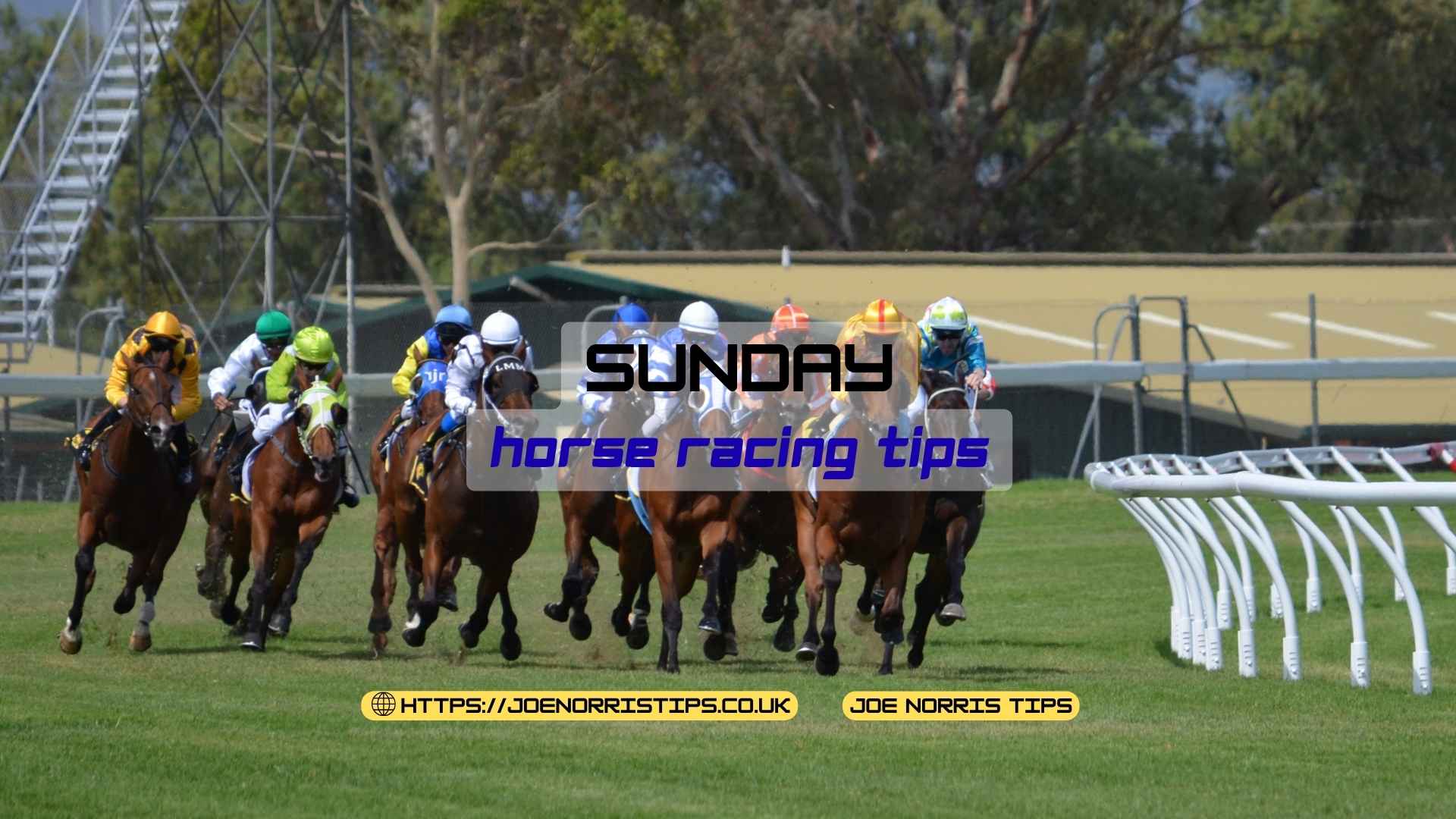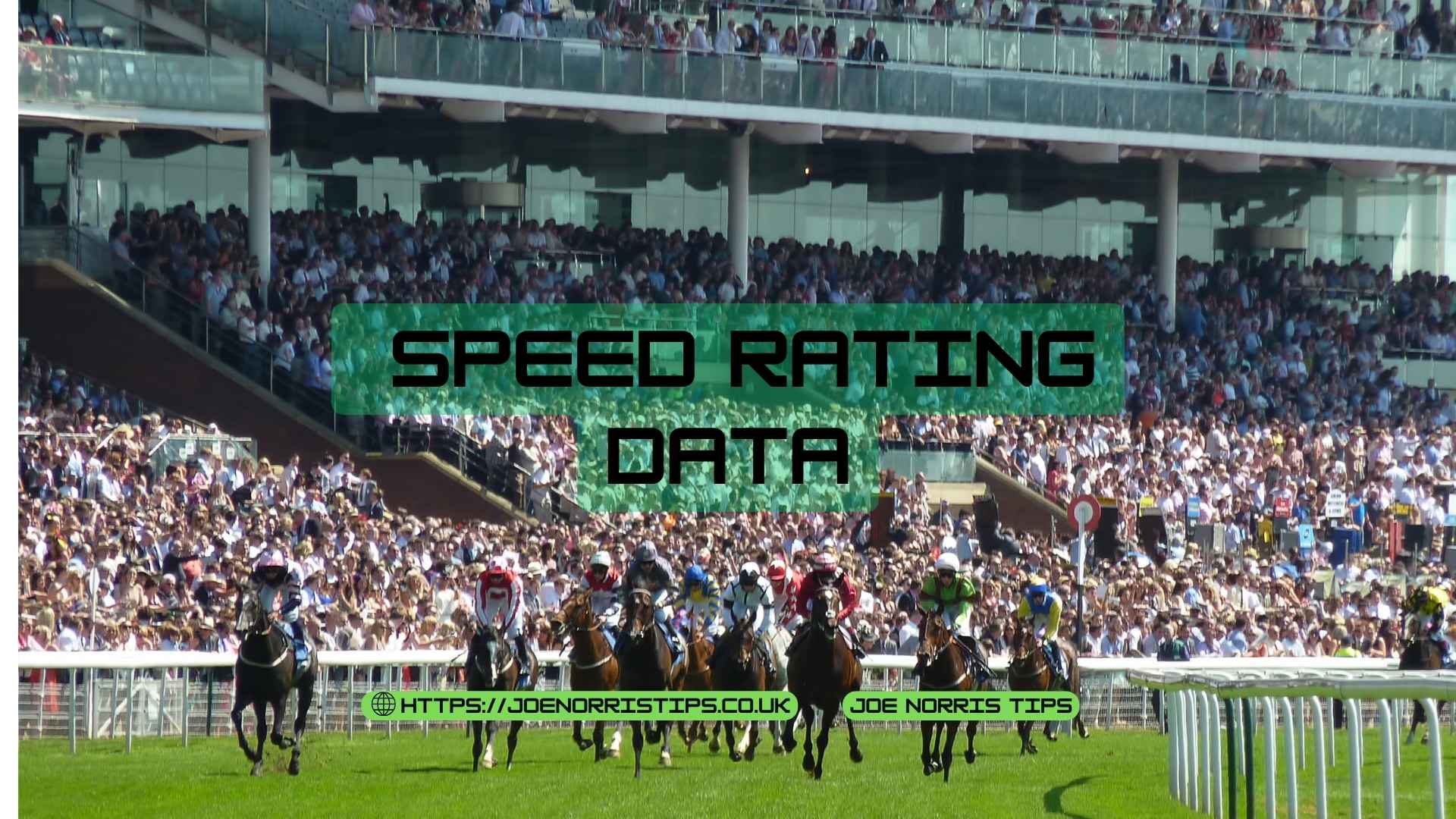When it comes to horse racing, the difference between a casual punt and a calculated bet often lies in how well you understand the data behind each runner.
As someone who’s studied this game professionally for years, I can tell you that relying on gut feeling alone won’t cut it.
Real, long-term success comes from reading the numbers, spotting patterns, and acting before the market catches up.
At Joe Norris Tips, I use performance metrics, market movements, and form indicators every day to filter out noise and uncover value.
Whether it’s identifying a horse that’s ahead of the handicapper or noticing sharp money backing an outsider, the right data gives you a sharper edge.
Understanding Horse Racing Data
If you’re serious about improving your betting strategy, understanding the data behind each horse, trainer, and race is essential.
I’ve learned that consistent winners are often found not by gut feeling, but by interpreting performance data, trainer patterns, and market signals correctly.
Below is a breakdown of the most useful horse racing data indicators that I and other seasoned punters rely on when assessing a card.
Longest Travellers
When a horse travels a significant distance to race, it often indicates intent from the trainer or connections.
A long-distance runner may suggest a targeted effort, especially when entered in a suitable class or condition.
I use Longest Travellers Data as a filter when evaluating under-the-radar contenders.
Ahead of the Handicapper
Horses who are due to go up in the ratings but are running before the new mark is applied are considered “ahead of the handicapper.”
The Ahead Of Handicapper Data offers a temporary edge that smart punters can capitalise on.
Spotting this early gives you a bet with built-in value.
Best Backed Horses
Best backed horses are the horses attracting significant market support.
Sharp movements in price often reflect insider confidence or shrewd money.
Tracking Best Backed Horses Data helps identify where value might be disappearing – or emerging.
Speed Ratings
Speed ratings rank horses based on previous performances, factoring in conditions and race type.
They’re particularly useful for flat racing, where finishing speed matters most.
I reference Speed Ratings Data daily to confirm whether a favourite has substance behind the price.
5-Day Declarations
Monitoring the five-day declarations gives punters an early look at expected runners. It’s useful for identifying trainer intent, race planning, and even ante-post opportunities.
I use these to plan weekend bets in advance, especially during festival season.
In-Form Trainers
Trainers in strong recent form often outperform their market price, especially in lesser-profile meetings.
In-form trainers is a metric that highlights handlers whose yards are producing winners consistently.
Backers can gain confidence when an in-form trainer sends a lightly raced horse into a competitive handicap.
In-Form Jockeys
Like trainers, jockeys with a string of recent winners often make a difference in tight races.
Their confidence, tactical sharpness, and rapport with trainers often give them an edge.
In-form jockeys are particularly useful in apprentice races or mid-week cards where class levels are mixed.
First-Time Blinkers
Blinkers can significantly improve a horse’s concentration or pace.
When used for the first time, they often trigger a performance shift – either positively or negatively.
I always check whether the headgear change is part of a trainer’s wider plan or a last resort.
First-Time Visors
Visors serve a similar purpose to blinkers but allow a bit more peripheral vision.
First-time visors can sharpen up horses that lose focus late in races. This data point becomes more meaningful when applied to horses with a history of travelling well but fading.
Daily Horse Racing Tips
All of this data contributes directly to the daily tips I publish at Joe Norris Tips.
Each recommendation is backed by performance data, market shifts, and stable signals – not just instinct.
If you want smarter betting decisions, this is the data I’d start with every time.
Let me know if you’d like these data types linked to a live tracker or daily alert system – I can help set that up too.
Why Does Horse Racing Data Matter?
Horse racing data matters because it turns guesswork into strategy.
I can uncover patterns that predict outcomes more accurately by studying performance trends, ground conditions, draw bias, and sectional times.
Data reveals hidden advantages that pure form reading can miss.
What is the Role of Horse Racing Data for Tipsters?
For a tipster like me, horse racing data is the foundation of every tip I share.
I use it to compare horses across form lines, evaluate trainer intent, and measure how runners match up tactically.
Without reliable data, a tip becomes an opinion. With it, it’s a calculated recommendation.
How Does Horse Racing Data Enhance Betting Results?
Horse racing data enhances betting results by increasing the likelihood of finding value bets.
It allows me to spot horses overlooked by the market, identify strong each-way plays, and time my entries for the best prices. The result is better-informed decisions that deliver more consistent long-term returns.
FAQs on Horse Racing Data
What are horse racing form stats?
Horse racing form stats are historical performance records that include results, distances, conditions, jockeys, and finishing positions. I use them to analyse patterns in how a horse performs under specific race conditions.
How can horse racing data improve betting strategies?
Horse racing data improves betting strategies by revealing trends and probabilities that raw instinct might miss. I build my tips around these insights to target value and avoid common traps.
Is horse racing data reliable?
Horse racing data is reliable when sourced from established providers like Racing Post or Timeform. I cross-check stats regularly to ensure my recommendations are backed by accurate, up-to-date information.
What role do form stats play in identifying winners?
Form stats highlight a horse’s consistency, class level, and response to variables like track type and distance. By comparing these elements, I can better predict which runners are set to outperform the market.
Can racing data and AI tools work together?
Racing data and AI tools complement each other. I use AI-assisted models to spot anomalies and run simulations, which help refine my selections even further.
How often is horse racing data updated?
Horse racing data is updated after every race. I rely on real-time feeds and post-race reviews to adjust my approach quickly and keep Joe Norris Tips as sharp and accurate as possible.
Summary of Joe Norris’ Insights into Horse Racing Data
Joe Norris’ insights into horse racing data focus on extracting meaningful patterns to improve betting outcomes.
I use horse form stats, track conditions, and performance trends to evaluate each runner’s potential.
By combining this data with AI models, I can refine my selections and stay ahead of market shifts.
Reliable data sources like Racing Post allow me to update tips in real-time, ensuring my horse racing advice is built on current and credible information.
My approach helps my followers place smarter bets and achieve more consistent results.



